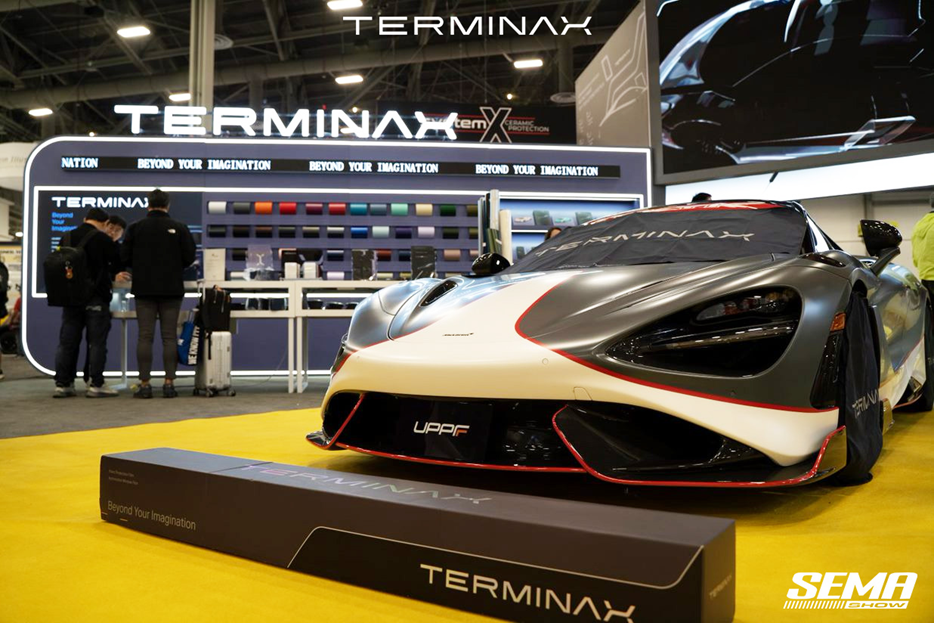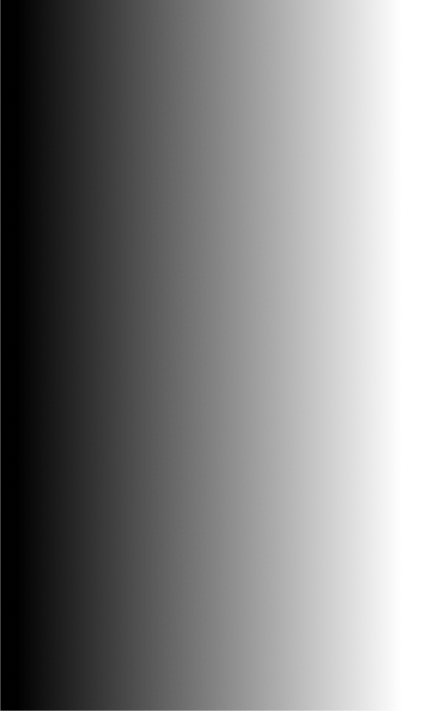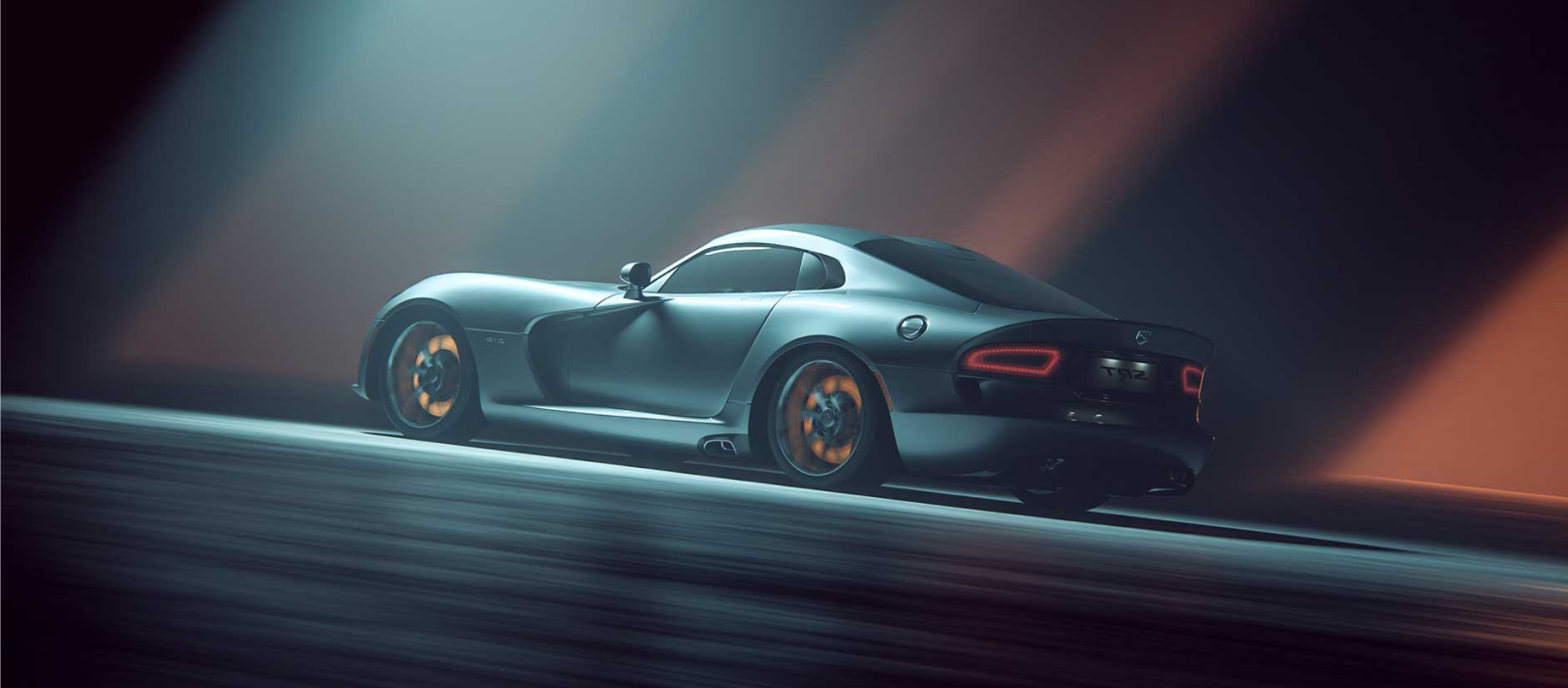What Affects Window Tint Cost: Benefits, Types, and Practical Tips
Understanding Window Tint Costs and Why It Matters
Window tinting not only makes your vehicle visually appealing but also enhances comfort, safety, and aesthetics, bringing you numerous benefits in daily life. With various functions like protecting from UV rays, improving privacy, or upgrading a vehicle’s elegance, window tints are a perfect solution for most drivers. However, there are common concerns, like what impacts window tint cost and what kind of window tint suits my car. For the price, it varies based on material quality, installation complexity, tint type, and so on. In this guide, we’ll explore why window tints are a worthwhile investment, the variables affecting pricing, and innovations like those introduced by Terminax at SEMA 2024 that is revolutionizing automotive tinting.
Why Choose Window Tint?
Window tinting is more than just a style statement; it’s a functional enhancement that improves your driving experience in multiple ways.

Ideal Protection from UV Rays
It has been proved that tints block harmful ultraviolet rays, safeguarding your skin and preventing your car’s interior from fading. Utlizing advanced nano-ceramic materials, the high-end Terminax Ceramic-X™ Window Film and Sunroof-X™ Shade Film provide UV protection while maintaining a clear, premium finish.
Improved Privacy and Security
You can select darker tints to provide privacy by reducing visibility from the outside, ensuring personal security. They also deter potential theft by obscuring valuable items inside the car.
Enhanced Comfortable Driving Experience
Tinted windows significantly reduce heat buildup inside the vehicle, creating a more comfortable driving environment, especially during summer. Additionally, Terminax Ceramic-X™ Window Film are engineered with advanced nano-ceramic materials to block infrared heat, ensuring efficient heat insulation and keeping the cabin cool.
Energy Efficiency
As the window tints reduce heat absorption, vehicles consume less energy for cooling, especially in summer, making them more eco-friendly.
H3: Aesthetic Appeal
Tints give your car a sleek, polished appearance while enhancing privacy, reducing heat, and protecting against harmful UV rays. Terminax’s Ceramic-X™ Window Film provides advanced performance, ensuring your vehicle remains stylish and comfortable.
Types of Window Tints and Their Cost Implications
The type of tint you choose significantly influences the overall cost. Each option varies in terms of performance, durability, and price point, catering to different needs and budgets. While basic films provide decent shading, advanced options offer superior protection and aesthetics, justifying their premium price.
Dyed Film
- Provides basic shading and privacy at an affordable price.
- Offers minimal heat rejection and may fade over time.
Metalized Film
- Contains metallic particles that enhance durability and reflect heat.
- It can interfere with electronic signals, making it less suitable for modern cars with advanced tech features.
Carbon Film
- Delivers excellent heat rejection and UV protection without signal interference.
- Slightly more expensive than dyed or metalized options.
Hybrid Film
Hybrid film combines dyed and metallic layers to provide a balanced option for cost-efficiency and performance. It offers enhanced durability, moderate heat rejection, and privacy, making it an excellent choice.
TERMINAX Ceramic-X™ Window Film
The premium choice for heat rejection, UV protection, and clarity, ceramic films are non-metallic, ensuring no electronic interference. Showcased at SEMA 2024, the cutting-edge product of Terminax Ceramic-X™ Window Film integrates advanced nano-ceramic particles to deliver unparalleled performance, offering efficient heat insulation by effectively blocking infrared heat to keep the cabin cool. Its non-conductive ceramic particles ensure signal stability, preventing interference with electronic signals. The material is also designed for easy installation, providing optimized performance for greater efficiency. With high optical transparency, it maintains visual clarity, ensuring comfort, while its exceptional durability guarantees stable, long-lasting performance, even in the face of environmental impacts.

Window Tint VLT (Visible Light Transmission) Types
Visible Light Transmission (VLT) is an essential consideration when selecting window tints, as it determines the level of light that passes through your windows. Different VLT levels cater to varying needs for visibility, privacy, and legal compliance. Choosing the right VLT type ensures optimal functionality and aesthetic appeal.
High VLT (50%–70%)
Allows more light to pass through, suitable for drivers prioritizing visibility over privacy. Commonly used for front windows to meet legal requirements.
Medium VLT (20%–35%)
Strikes a balance between privacy and visibility. Popular for side and rear windows.
Low VLT (5%–15%)
Provides maximum privacy and a sleek appearance. Ideal for rear windows or vehicles with advanced privacy needs. High-end products like Terminax Ceramic-X™ Window Film are available in various VLT levels, allowing drivers to customize their tint while maintaining performance and legality.
Factors That Affect Window Tint Cost
There are many factors that can influence the cost of tinting. Factors like material quality, vehicle type, and installation expertise play significant roles.
Material Quality
When premium materials offer superior durability, UV resistance, and heat rejection, they cost more than others. Terminax’s advanced films, such as Terminax’s Ceramic-X™ Window Film, integrate hydrophobic coatings and self-healing technology, making them a high-end choice for customers seeking long-term value.

Vehicle Type and Size
Larger vehicles like SUVs and trucks require more material and installation costs. The complexity of window shapes, such as curved or frameless windows, also impacts installation time and expenses.
Installation Expertise
Professional installers use precision tools and advanced techniques to ensure flawless results. You don’t need to worry about bubbles or creases afterward.
Additional Features
Specialized tints, such as ceramic films with infrared heat rejection or hybrid films with metallic layers, are more expensive because of their advanced technology.
An example is the cutting-edge Terminax’s Ceramic-X™ Window Film, which leverages advanced Ceramic-X™ composite materials and Rock-X™ UV curing technology to deliver superior sun protection and heat insulation. By efficiently blocking harmful UV rays and excess heat, the Ceramic-X™ Window Film enhances interior comfort while maintaining crystal-clear visibility.
How to Prevent and Remove Window Tint Bubbles
Bubbles can compromise the aesthetics and effectiveness of your window tint. Addressing this issue early ensures the longevity and performance of your tint. Whether through proper installation or maintenance, taking preventative measures can save time and costs.
Professional Installation
Skilled professionals use micro-channel adhesive films and precision techniques to minimize air bubbles during installation. Terminax’s advanced adhesives simplify the process and ensure long-lasting results.
Proper Maintenance
Do not roll down windows for at least 48 hours post-installation to allow the film to set. Use non-abrasive cleaners and soft cloths to prevent scratching or peeling.
Heat Treatment
For small bubbles, a heat gun can soften the adhesive, allowing the film to settle. Be cautious when using heat to avoid damaging the film or underlying glass.
Conclusion: Make Your Window Tinting a Smart Investment
Window tinting isn’t just an upgrade for your vehicles; it’s an investment in comfort, protection, style, and beyond. By reducing UV exposure, enhancing comfort, protecting privacy, and improving energy efficiency, window tints bring long-term benefits that outweigh their initial cost. As technology continues to evolve, innovative Window Film products from Terminax are setting new benchmarks in the automotive industry, combining cutting-edge technology with superior performance to deliver unmatched protection and aesthetics for vehicles.

FAQ: Window Tint Costs and Installations
- What is the average lifespan of window tints?
The lifespan of window tints depends on the material and installation quality. Standard dyed films may last 3–5 years. High-end products like Terminax offer over 10 year warranty due to advanced coatings and technology.
- How do I maintain my window tints?
Don’t use ammonia-based cleaners, as they can degrade the film.
Use a soft microfiber cloth for cleaning.
Don’t roll down windows at least 48 hours after installation to let the adhesive set properly.
- Do I need a professional installation for window tints?
While DIY kits are available, professional installation ensures a flawless finish, free of bubbles or creases. Experts also use precision tools and advanced adhesives for long-lasting results.


